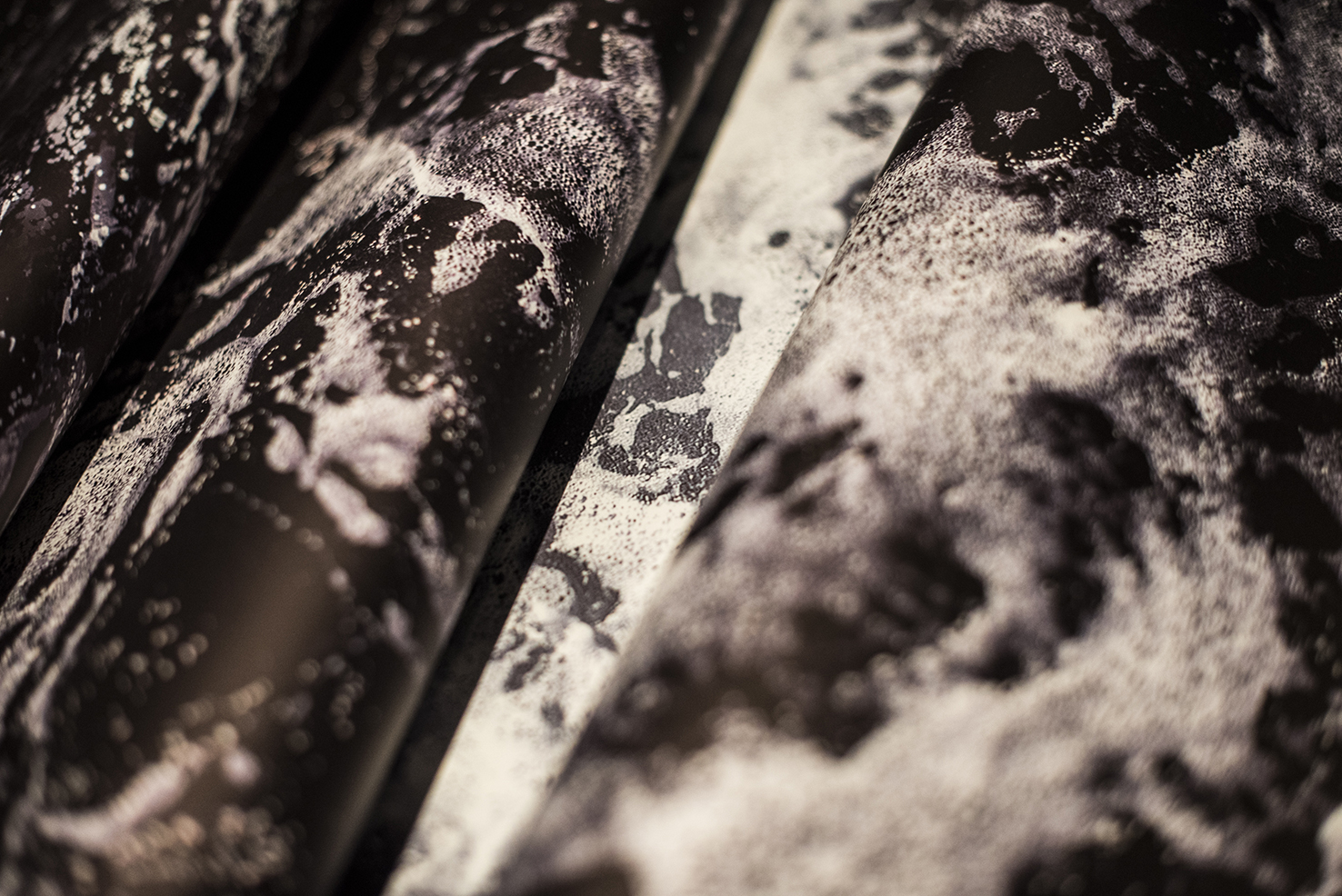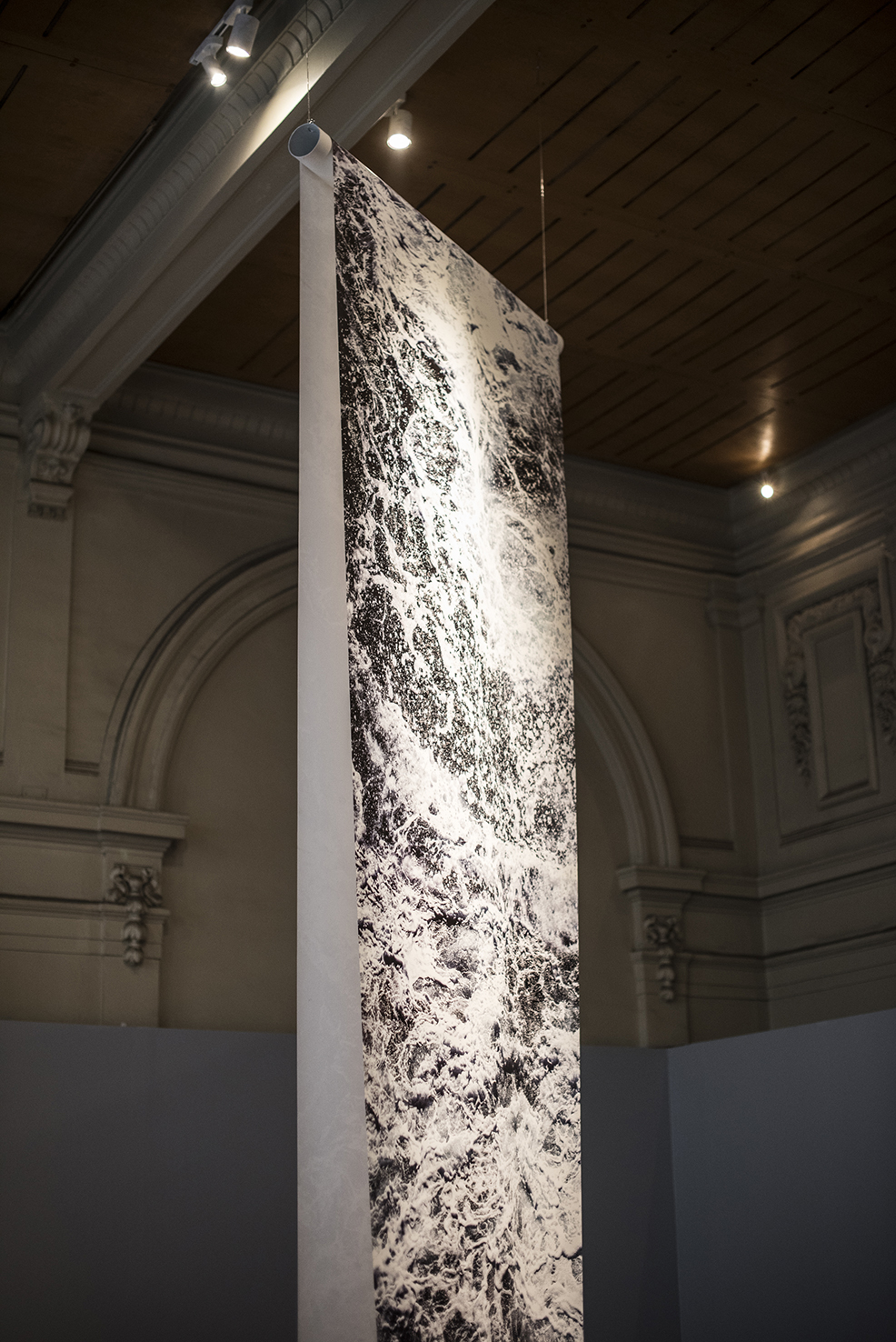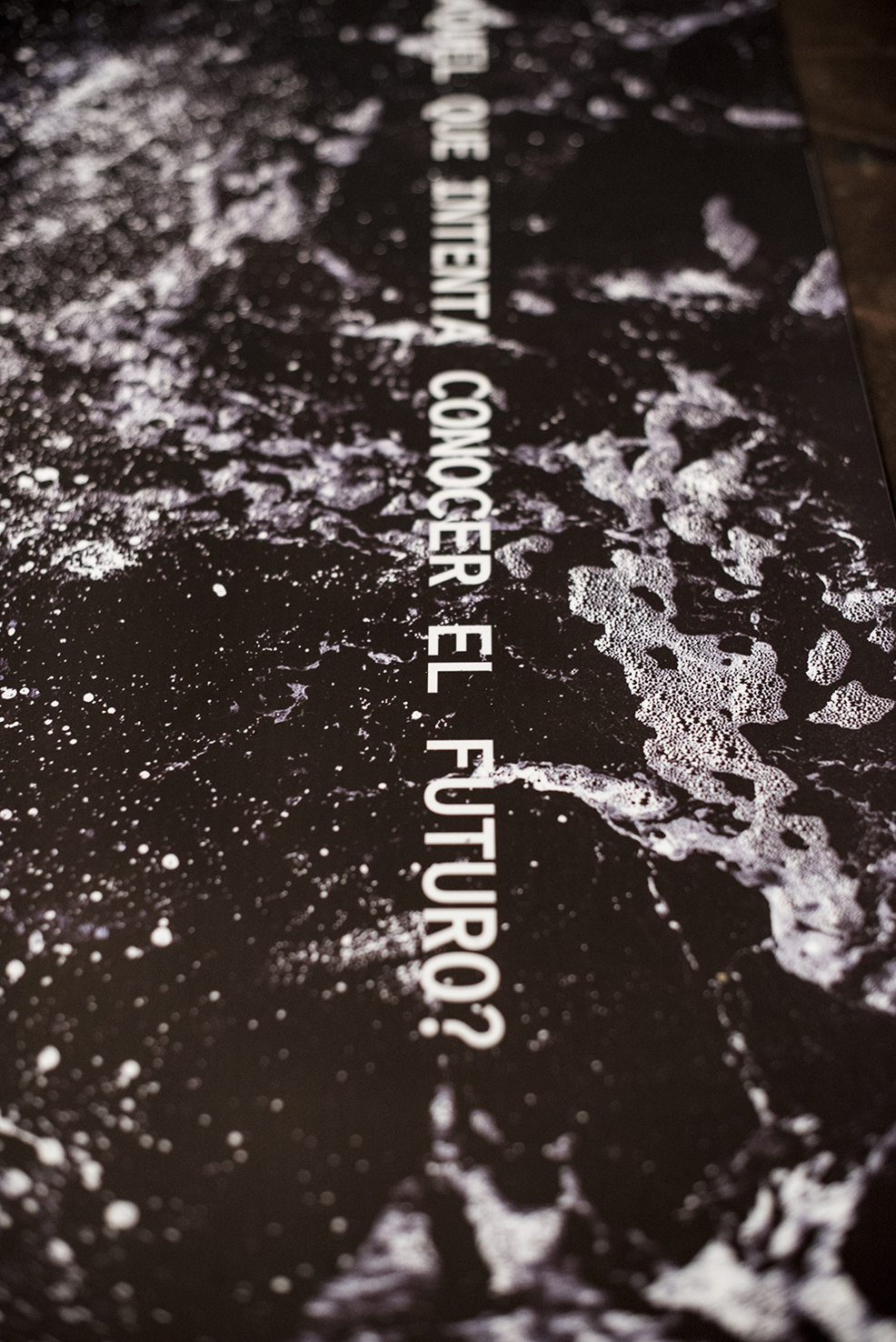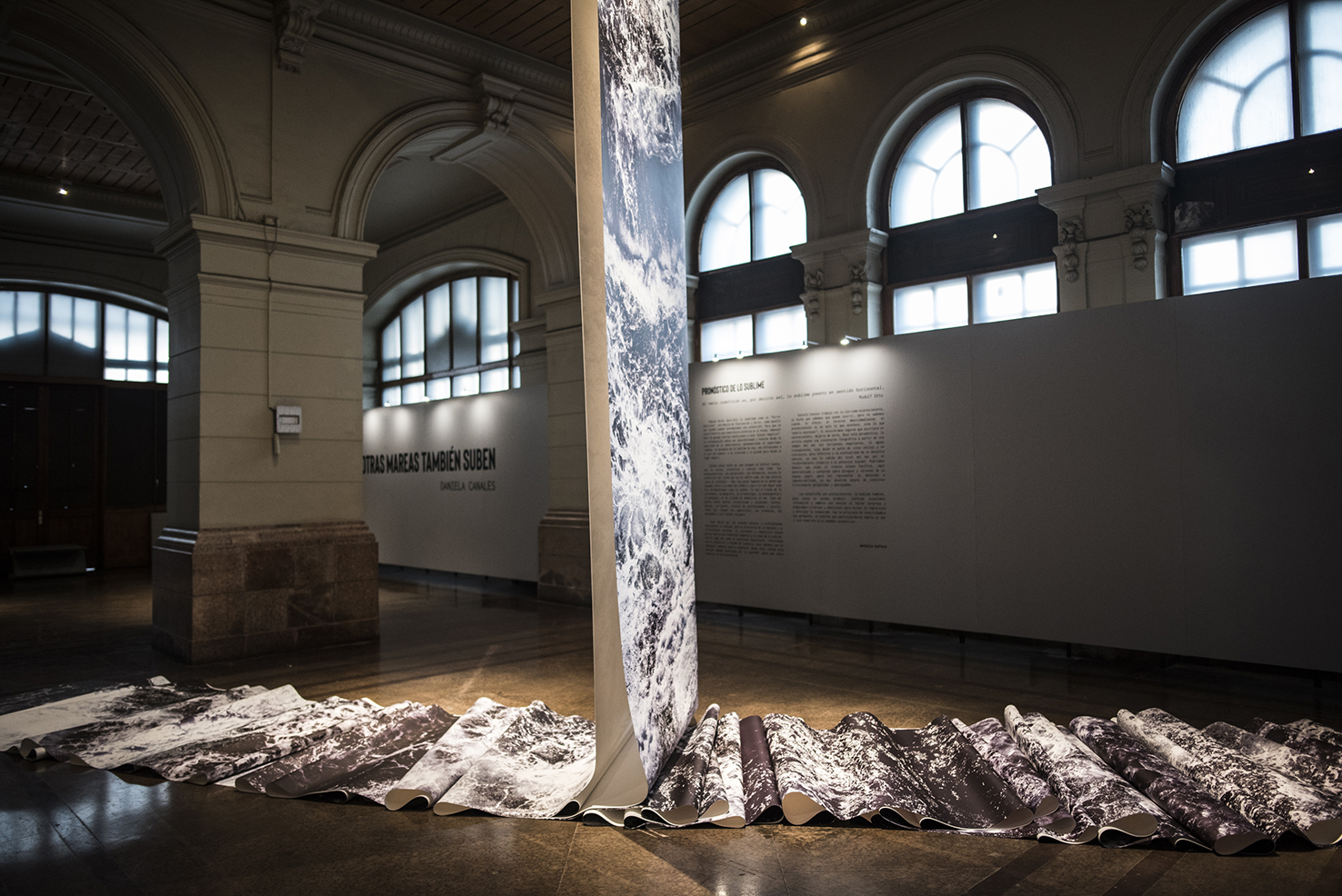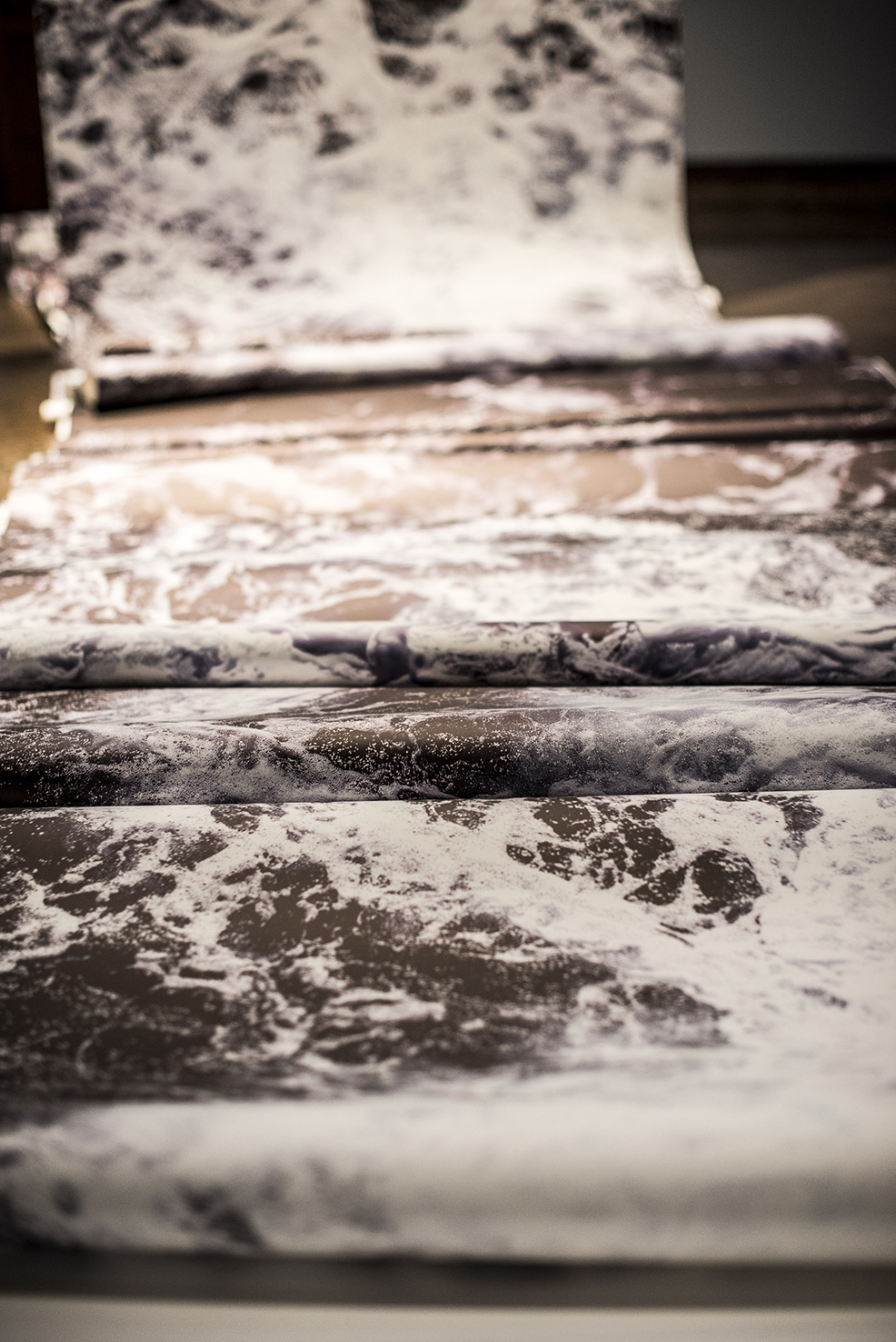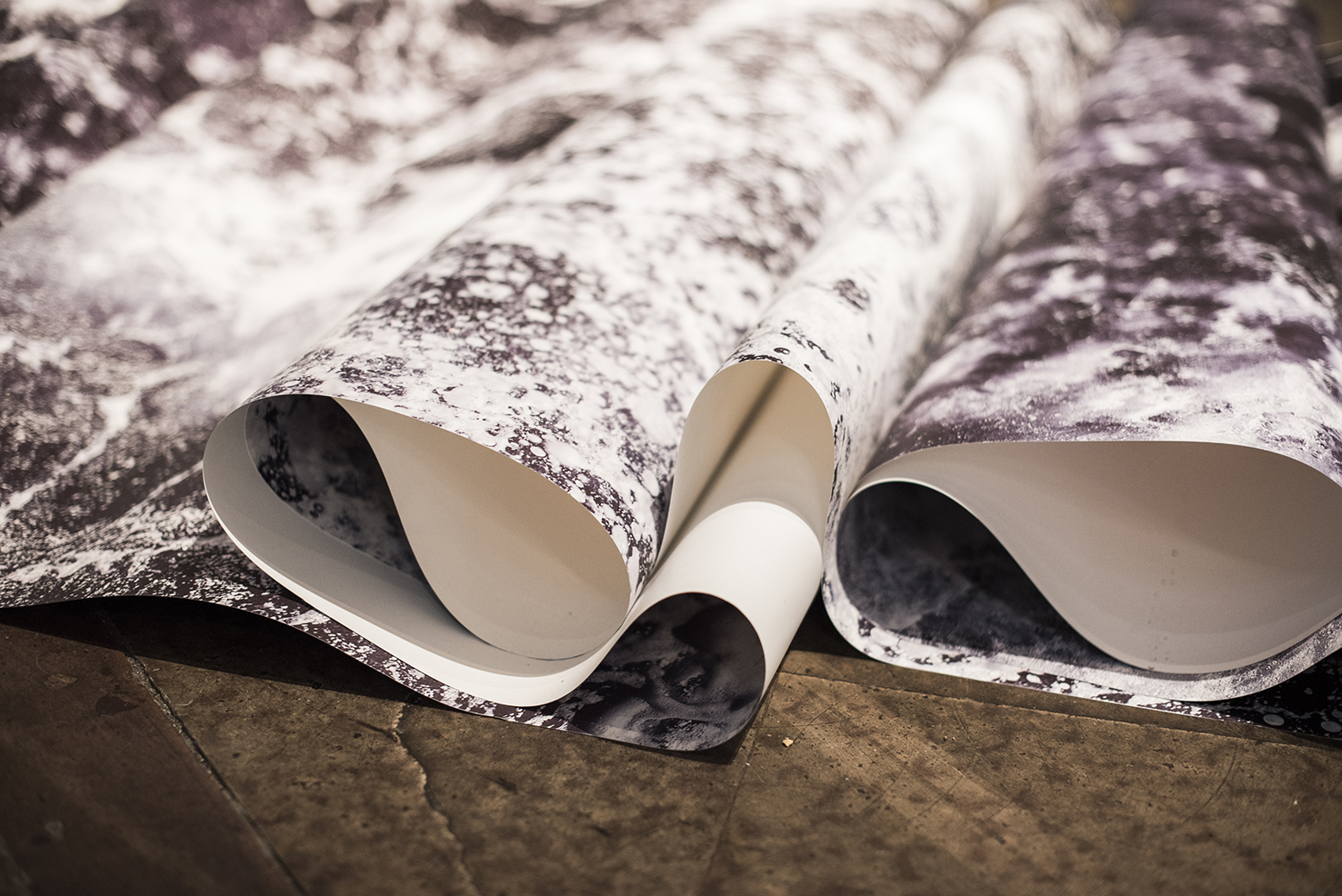El vacío indefinido es, por decirlo así́, lo sublime puesto en sentido horizontal.
Rudolf Otto
Edmund Burke describía lo sublime como un “horror delicioso”, una mezcla de fascinación y terror, como aquello que sucede cuando contemplamos una catástrofe. Para que se convirtiera en una experiencia estética en sí misma, Immanuel Kant le agregó ciertas condiciones a este “placer negativo”: la contemplación debía ser desinteresada y hacerse desde la seguridad de un observatorio, permaneciendo el espectador indemne. La paradoja de lo sublime es esa, nos enfrentamos a lo que nos supera, a lo ilimitado y lo grande pero desde un lugar seguro.
Quedan pocas cosas ya, que escapen al control humano, que lo planea, pronostica y calcula casi todo: los desplazamientos, las ubicaciones, las distancias, incluso la predicción del clima que se ha vuelto cada vez más precisa –pero no infalible-. Mas hay pocos lugares en el mundo que escapen tanto a la mano del hombre y que a la vez hayan sido tan cartografiados como el océano. Ya sea a través de la astronomía, la geografía, la climatología, la oceanografía o la geología, se ha tratado de domesticar el mar. Todo ahí parece estar medido, pronosticado y estudiado: vientos, mareas, corrientes, niveles de profundidades y presión, hasta que…llegan los imprevistos, las tormentas, las marejadas y los temidos tsunamis.
Kant decía que las grandes alturas y profundidades representan lo sublime, pero a diferencia de la montaña y su verticalidad incólume, el constante y repetitivo oleaje marino aporta una dimensión temporal a la idea de lo sublime. Ocurre algo así como un continuum inquietante, relacionado con el potencial o estado de latencia, pues sabemos que en cualquier momento podría acontecer otra cosa, siendo esta tensión además acentuada por la aparente calma que suele inspirar la horizontalidad.
Daniela Canales1 trabaja con la ola-como-acontecimiento, un hecho que sabemos que puede ocurrir, pero no sabemos cuando. En efecto, en términos derridadianos, el acontecimiento no es solo lo que acontece, sino lo que “podría acontecer”. Si estuviéramos seguros que ocurriera un acontecimiento, dejaría de serlo. Bajo esta perspectiva, la artista expone una instalación fotográfica a partir de una imagen del mar sin horizontes expectantes, ni aguas transparentes, sino desde un punto de vista cenital y en claroscuro, para referirse a la eventualidad de un desastre natural, ya sea la subida del nivel del mar por el recalentamiento climático o un potencial tsunami. Podríamos deducir que alude al irónico océano Pacífico, aquí materializado y contenido sobre pliegues y vaivenes de un espeso papel, para así representar su densidad e impenetrabilidad, un mar devenido objeto de contornos ficticiamente delimitados y apaciguados.
Las catástrofes son acontecimientos, lo sublime también, pues nunca se pueden predecir. Conforme acumulamos información y saberes que atenúan el factor sorpresa y elaboramos criterios y mediciones para evitar lo imprevisto y anticipar lo inesperado, hay un principio de incertidumbre que permanece, un sublime que particularmente habita el mar y cuya experiencia no podemos pronosticar.


